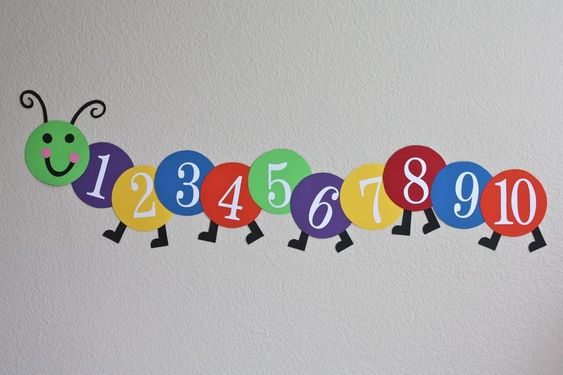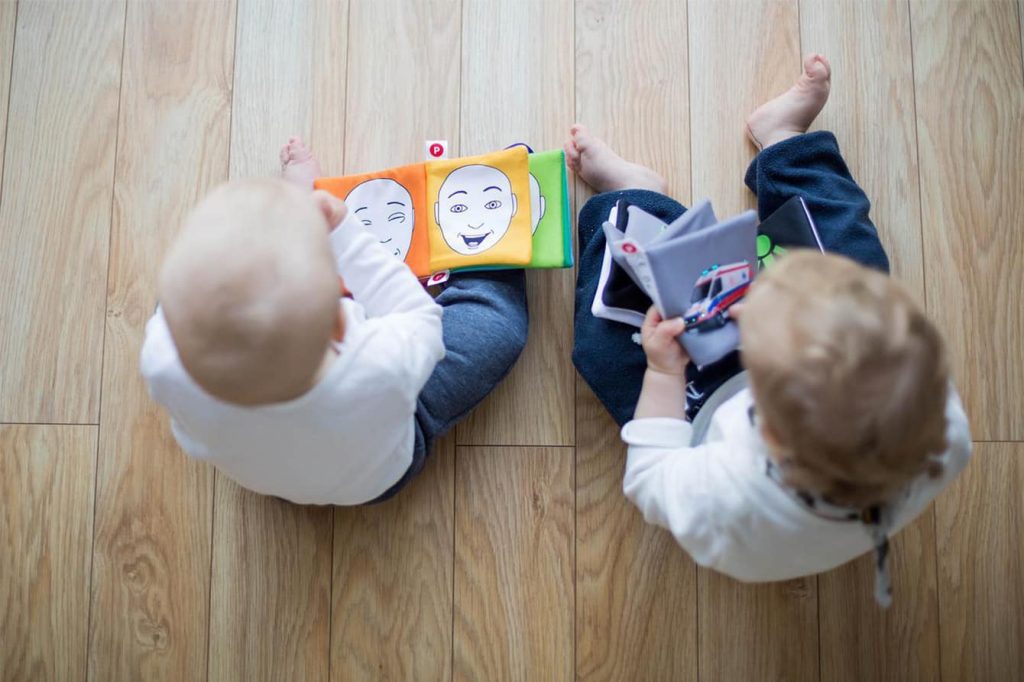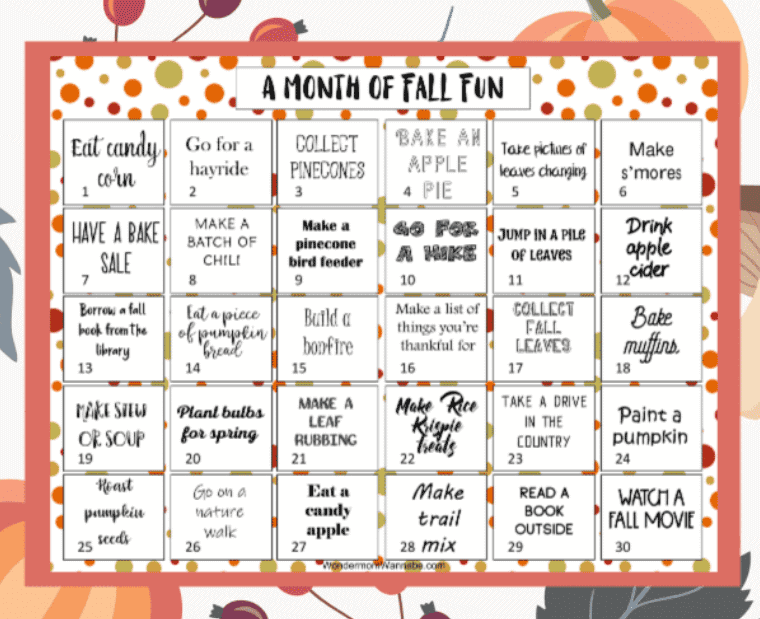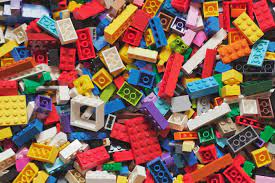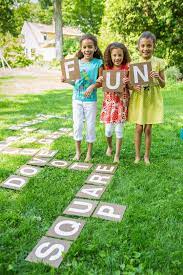Introduction:
Caterpillars might be small, but they can teach big lessons! Helping your little ones learn counting and number recognition have never been more fun. Check out these ten engaging caterpillar counting activities designed to make learning a fun and enjoyable experience for kids.
1. Caterpillar Finger Puppets:
Create colorful paper or felt finger puppets shaped like caterpillars with different numbers of body segments. Encourage your child to count the segments and practice number recognition with these adorable puppets.
2. Play-Dough Caterpillars:
Provide various colors of play-dough and instruct your children to create caterpillars with a specific number of body segments. This hands-on activity promotes counting skills and strengthens fine motor skills.
3. Caterpillar Clothespin Counting:
Draw or print caterpillars with different numbers of circles along their bodies. Have your child match numbered clothespins to the correct number of circles to practice counting and number recognition.
4. Pom-Pom Caterpillar Craft:
Let your kids unleash their creativity by making adorable pom-pom caterpillars. Provide materials like pom-poms, pipe cleaners, googly eyes, and glue. Have them create caterpillars with different numbers of pom-poms, then encourage them to count the segments.
5. Roll and Count Caterpillar Game:
Create a simple dice game where your child has to roll the dice, then use manipulatives (beads, buttons, etc.) to build a caterpillar with that many segments. This activity practices counting and introduces the concept of probability in a playful way.
6. Hungry Caterpillar Counting Book:
Inspired by the beloved book “The Very Hungry Caterpillar,” create a personalized counting book where each page has a different number of items for your child’s caterpillar to eat.
7. Numbered Caterpillar Puzzle:
Craft a caterpillar puzzle by cutting a cardboard caterpillar into pieces and numbering each segment. Have your child put the pieces together in numerical order to complete the puzzle.
8. Caterpillar Counting Mat:
Create a colorful counting mat shaped like a caterpillar with different numbers of spots on each segment. Use manipulatives like buttons or beads to encourage your child to count and match the objects with corresponding spots on the mat.
9. Beanbag Caterpillar Toss:
Designate an area as the “caterpillar,” and have your child toss beanbags onto it while counting loudly. Each time they toss a beanbag onto the designated area, encourage them to count and increase their number recognition skills.
10. Caterpillar Number Line:
Draw or print out a large caterpillar template with numbered body segments. Use this as a visual aid for teaching counting and introducing concepts like addition and subtraction in a fun, interactive way.
Conclusion:
These ten caterpillar counting activities provide opportunities for children to develop skills in counting, number recognition, and basic math concepts while having fun! Encourage your little learners to explore these activities, and watch their love for numbers grow.
